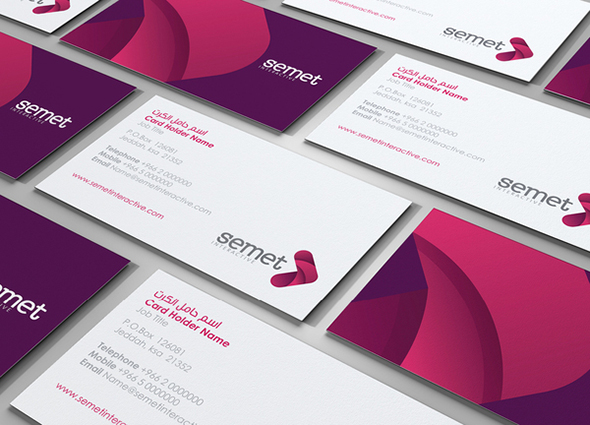PB&J Marketing
It’s easy to see why peanut butter and jelly sandwiches are a nationwide favorite. After all, PB&J offers creamy, sweet, smooth (or crunchy) goodness that is fruity, satisfying, filling, inexpensive, and fairly good for you to boot. Sure, peanut butter is delicious by itself (as is jelly), but when they are joined together, they create a flavor-packed, winning combination that can’t be beat.
When it comes to marketing, a blend of print and electronic media can easily be compared to peanut butter and jelly sandwiches. While they can both function effectively on their own, they pack a more powerful punch when joined together.
For example, print promotions — such as postcards, newsletters, flyers, or brochures — are a great way to grab attention, increase awareness, and encourage readers to visit your website for in-depth information, product ordering, survey completion, webinar and event registration, and more.
When it comes to combining print with electronic media, the options are endless. If you’re in need of unique print ideas to supplement your electronic marketing, give us a call today. You just may think some of our creative ideas are the greatest thing since sliced bread.










